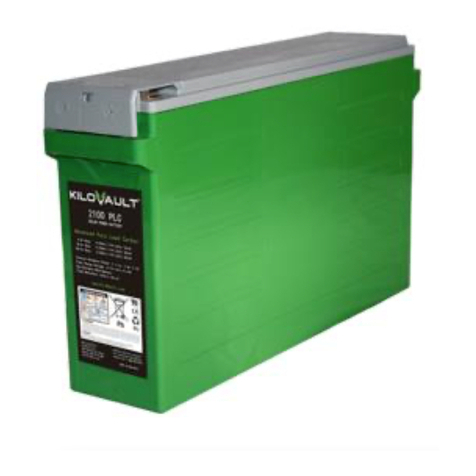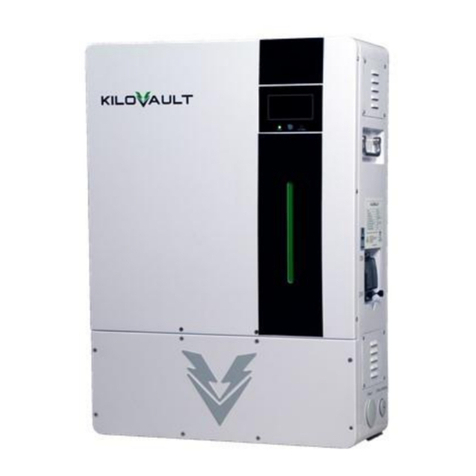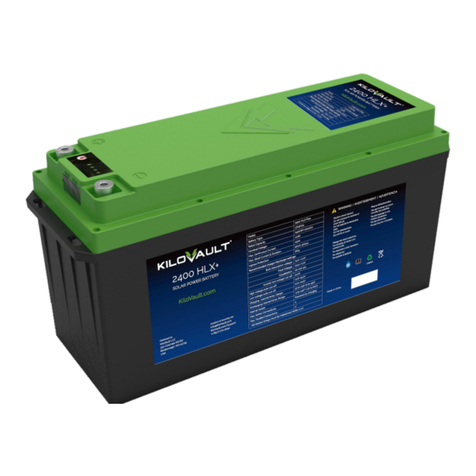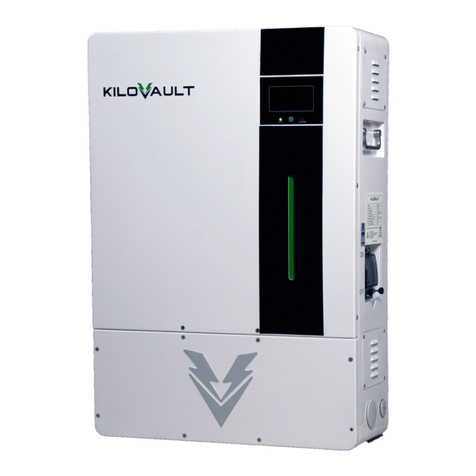
1 - About the HLX and CHLX batteries
The KiloVault® HLX and CHLX series of solar lithium batteries are specifically designed
and tested for the beating that serious hybrid, off-grid inverters, and solar charge
controllers can throw at them. Compared to traditional deep cycle batteries, the HLX
and CHLX series’ lithium battery technology more efficiently stores and delivers the
renewable energy that you have generated, with no maintenance on your part.
This manual contains important information regarding the safe use of KiloVault® HLX
series batteries. Your battery is an electrical device that will provide years of useful
service with proper care. Ensure you read and understand the instructions contained in
this manual before use.
1.1 - Features - HLX & CHLX
●12 V Lithium Iron Phosphate (LiFeP04) with Bluetooth
●Models: KLV1200HLX and CHLX (100 Ah/1200 Wh), KLV1800HLX and CHLX (150
Ah/1800 Wh), KLV3800HLX and CHLX (300 Ah/3600 Wh)
●Flexible: Works in 12 Volt (V), 24 V, or 48 V configurations
●Gives You More: Use the full battery capacity if necessary. HLX withstands
occasional 100% discharges.
Please Note: frequent 100% discharges will
decrease battery life.
●Long-life: Even after 2000 full discharges, 80% of the total battery capacity
remains
●Maintenance Free: No watering or cleaning of hazardous chemicals required
●High Efficiency: 94.5%, providing up to 12% more usable stored energy
●Smart Investment: Lower cost per watt-hour/cycle and longer lifespan than lead
batteries
●Safer: No thermal run-away issues as with other lithium technologies
●Heavy Duty: The 1200 HLX takes up to 80 continuous charging amps, 100
continuous discharging amps. 1800 and 3600 HLX take up to 150 amps of
continuous charging/discharging current, all three meeting the tough demands
of serious inverters and chargers
●Integrated Battery Management System (BMS)
●HLX iT Bluetooth Monitoring Application (iOS and Android)
●7.5 Years Limited Manufacturer’s Warranty
KiloVault
®LLC • 330 Codman Hill Road, Boxborough, MA 01719 • +1 (888) 218-5924 • [email protected] •www.kilovault.com3



































